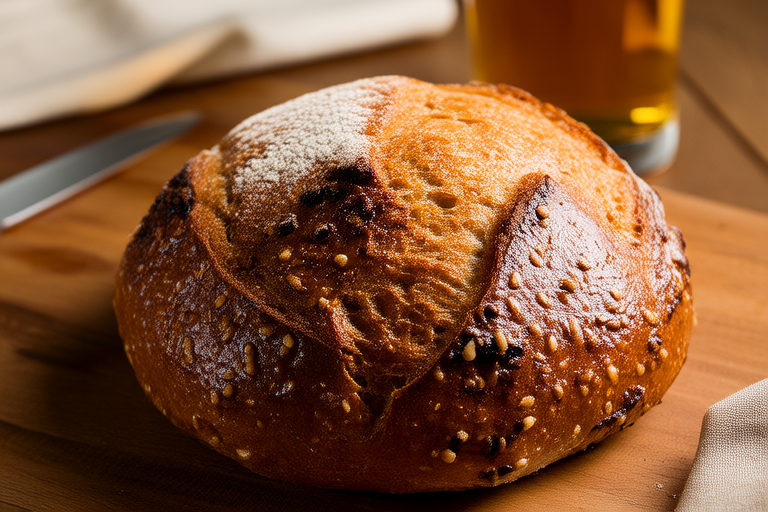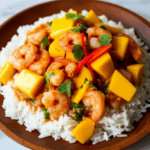Artisanal Pretzels with Classic Salt Crust: Simple Yet Irresistible
Welcome to my culinary blog where we explore the art of baking and crafting delectable treats. Today, we’re diving into the world of pretzel-making, specifically focusing on creating artisanal pretzels with a classic salt crust that is both simple and irresistible. This recipe not only brings out the best in traditional pretzel flavors but also offers a touch of sophistication that will impress even the most discerning food enthusiasts.
Introduction to Artisanal Pretzels
Pretzels have been a beloved snack for centuries, known for their chewy texture and unique shape. The term “pretzel” comes from the Latin word ‘bracellae,’ meaning “little arms,” which refers to the twisted shape of these snacks. In this recipe, we aim to elevate the classic pretzel by infusing it with artisanal techniques and high-quality ingredients, resulting in a product that is both authentic and exceptional.
Ingredients
- Flour: High-gluten flour provides the necessary elasticity for the dough, ensuring a chewy texture.
- Yeast: Active dry yeast is essential for fermentation, giving the pretzels their characteristic flavor.
- Salt: Salt enhances the flavor profile and balances sweetness.
- Baking Soda: Baking soda is crucial for achieving the golden-brown color and unique flavor of pretzels.
- Water: Warm water activates the yeast and helps form the dough.
- Coarse Salt: Coarse sea salt is used for the classic salt crust.
Equipment Needed
- Mixing bowl
- Kneading surface
- Rolling pin
- Parchment paper
- Baking sheet
- Pastry brush
Step-by-Step Guide
- Activate the Yeast: In a small bowl, combine warm water (about 110°F or 43°C) and active dry yeast. Let it sit for about 5 minutes until the mixture becomes frothy, indicating that the yeast is active.
- Mix Dry Ingredients: In a large mixing bowl, whisk together high-gluten flour and salt.
- Combine Wet and Dry Ingredients: Gradually add the activated yeast mixture to the dry ingredients while stirring continuously. Once the dough starts to come together, use your hands to knead it on a floured surface for about 10 minutes until smooth and elastic.
- First Rise: Place the dough in a lightly oiled bowl, cover with a damp cloth, and let it rise in a warm place for about an hour or until doubled in size.
- Prepare the Baking Soda Bath: In a large pot, bring water and baking soda to a boil. This step is crucial as it gives pretzels their signature flavor and color.
- Shape the Pretzels: Once the dough has risen, punch it down and divide it into equal portions. Roll each portion into a rope about 18 inches long. Form each rope into a pretzel shape by crossing the ends over each other and then folding them under. Place the shaped pretzels on a parchment-lined baking sheet.
- Boil the Pretzels: Gently place the pretzels into the boiling baking soda bath for about 30 seconds per side. This process helps develop the characteristic chewiness and color of pretzels.
- Second Rise: After boiling, let the pretzels rest for about 10 minutes. Preheat your oven to 450°F (230°C).
- Apply the Salt Crust: Brush the boiled pretzels with egg wash (a beaten egg mixed with a tablespoon of water) and sprinkle generously with coarse sea salt.
- Bake: Bake the pretzels for about 12-15 minutes or until they are golden brown. Remove from the oven and let them cool slightly before serving.
Tips for Perfect Pretzels
- Ensure the water for activating yeast is neither too hot nor too cold; it should be around 110°F (43°C).
- Use high-gluten flour to achieve the right texture.
- The boiling step is essential for developing the chewiness and color of pretzels.
- For the best results, use coarse sea salt for the salt crust.
Pairing Suggestions
Artisanal pretzels are versatile and can be paired with various accompaniments to enhance their flavor. Consider serving them with:
- Beer or ale for a classic pairing.
- Cheese, such as cheddar or gouda, for a savory treat.
- Dips like mustard, garlic butter, or honey mustard for added flavor.
Conclusion
Making artisanal pretzels with a classic salt crust is a rewarding process that combines tradition with modern culinary techniques. By following this recipe, you can create a snack that is both simple and irresistible, perfect for any occasion. Whether enjoyed on their own or paired with complementary foods and beverages, these pretzels are sure to become a favorite in your kitchen. Happy baking!


